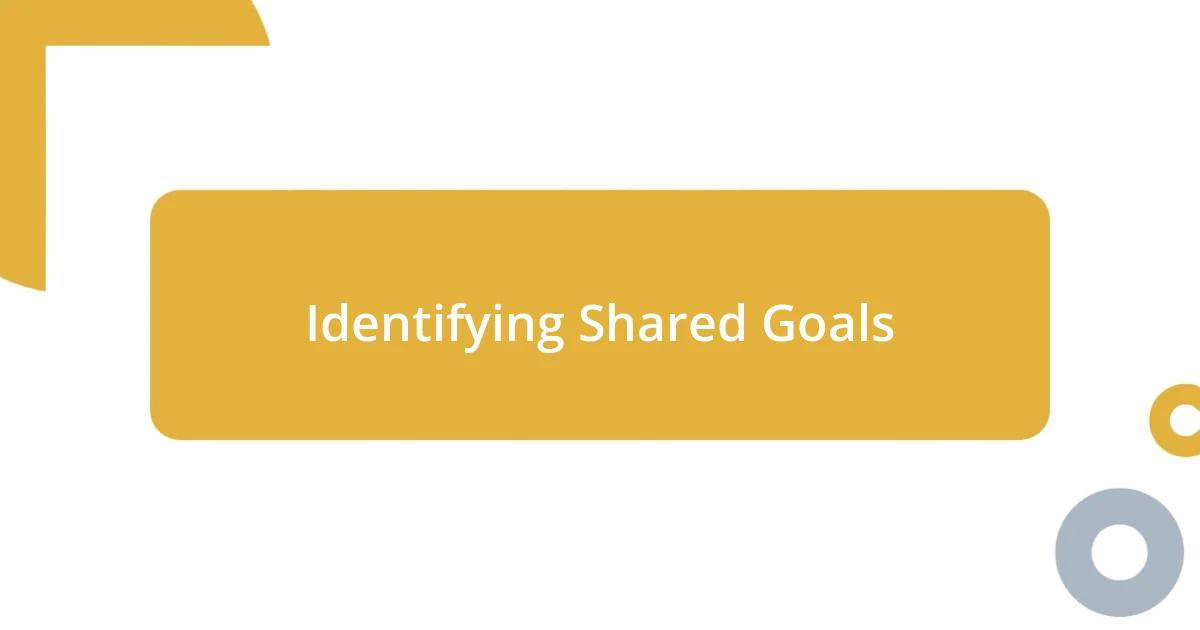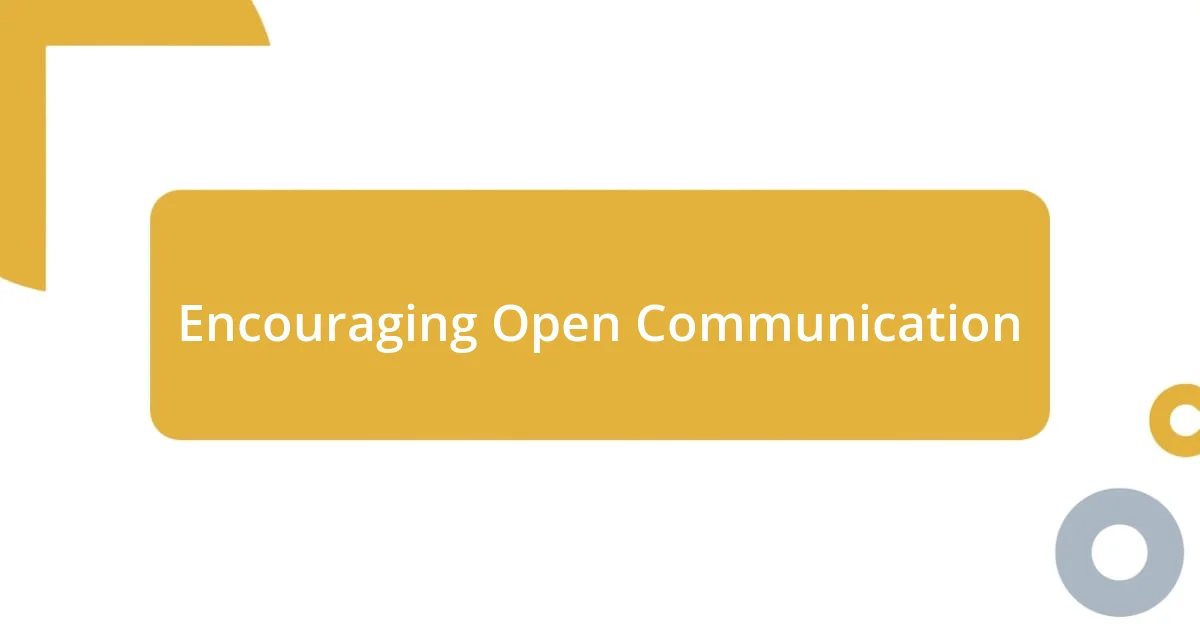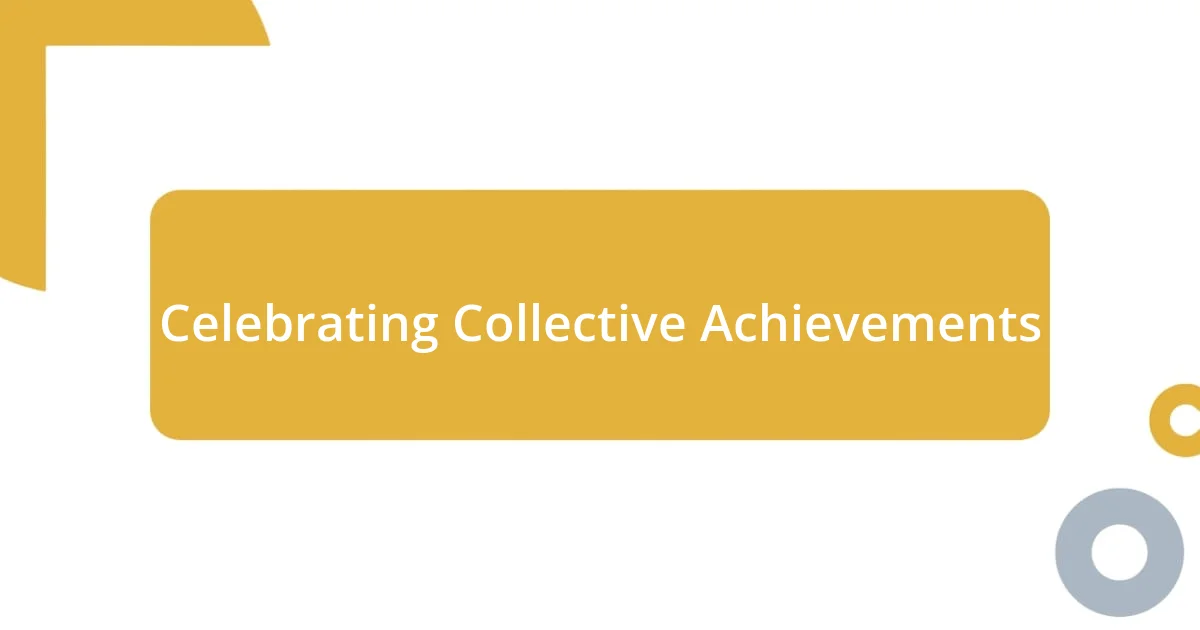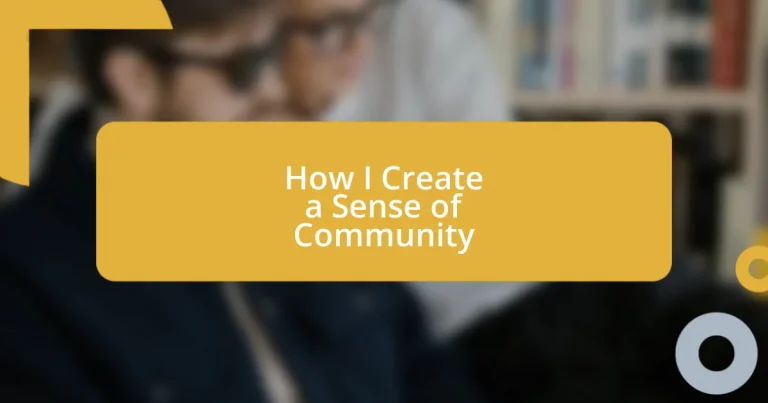Key takeaways:
- Shared experiences, like community events and storytelling, break down barriers and foster connections among members.
- Encouraging open communication and vulnerability creates trust, which is essential for building lasting relationships within a community.
- Celebrating collective achievements, such as through potluck dinners and recognition ceremonies, strengthens community spirit and motivates participation.

Understanding Community Dynamics
Understanding the dynamics of a community is about recognizing the interconnectedness between its members. I remember a time when I joined a new neighborhood and felt like an outsider. It wasn’t until I participated in a local potluck that I truly appreciated how shared experiences can begin to break down barriers and foster connections.
Every community has its own unique traits and values that shape interactions. Think about the different groups you’ve been a part of—what made them special? In my experience, it’s often the little things, like a shared laugh or a collective goal, that create a bond among people, transforming acquaintances into a supportive network.
Breaking down silos within a community can be challenging, yet it’s essential for growth. I’ve seen firsthand how reaching out to others can spark collaboration and empathy. When we share our stories, we cultivate an environment where everyone feels valued—don’t we all crave a sense of belonging?

Identifying Shared Goals
Identifying shared goals is foundational to building a strong community. I recall when I organized a community garden project; we began by discussing what we all wanted to grow and why. It was fascinating to hear different stories about childhood gardens and favorite foods, which turned into a shared mission. By aligning our individual dreams with collective aspirations, we didn’t just cultivate plants—we cultivated connections that deepened our sense of belonging.
- Listen actively to others; their goals can provide insight into the community’s collective vision.
- Host brainstorming sessions where everyone can voice their aspirations.
- Look for recurring themes in conversations; these often reveal shared desires and objectives.
- Share your own experiences and goals to encourage openness and inspire collaboration.
- Regularly revisit and adjust the goals as the community develops and grows.

Encouraging Open Communication
Encouraging open communication is a cornerstone of community building. I’ve often found that creating spaces where people feel comfortable sharing their thoughts is vital. For instance, after launching a series of informal coffee meetups, I noticed people from all backgrounds starting to connect more genuinely. They were sharing not only their ideas but also their fears and aspirations. This openness not only strengthened our relationships but also fostered trust among us.
Sometimes, it’s the simple act of asking a question that opens the door to deeper conversations. A while ago, I decided to ask my neighbors what they were passionate about during one of our gatherings. To my surprise, a retired teacher shared her love for storytelling, which sparked an impromptu session where everyone took turns sharing their own tales. This not only highlighted our diverse backgrounds but also created a safe space for vulnerability and connection.
To establish a culture of open communication, it’s essential to model the behavior you wish to see. I remember posting a heartfelt message in our community group about my struggles with work-life balance. In response, several people replied with their own experiences, creating a supportive dialogue that continued for days. When leaders and members alike engage in authentic conversations, it cultivates an environment of belonging and reassurance.
| Approach | Description |
|---|---|
| Coffee Meetups | Informal gatherings encouraging relaxed discussions. |
| Storytelling Sessions | Inviting community members to share personal stories. |
| Modeling Vulnerability | Leaders sharing their experiences fosters openness. |

Creating Inclusive Spaces
Creating inclusive spaces starts with the recognition that everyone deserves a seat at the table. I’ve noticed that when I host events, whether it’s a book club or a local clean-up, I actively seek out voices that might not usually be heard. One time, I reached out to a quiet neighbor who lived down the street and encouraged her to share her thoughts. To my surprise, once she felt welcomed, her insights added a whole new dimension to our discussions. Isn’t it remarkable how a simple invitation can unlock someone’s potential?
Transitioning from traditional formats to more engaging, participatory designs can drastically change the level of inclusion. I once experimented with an open mic night in our community center, encouraging not just musicians but also poets, comedians, and storytellers to share their art. It was a joyous evening filled with laughter and a spectrum of expressions. Each performance built an atmosphere where attendees felt comfortable participating, and many shared that they’d felt unheard before discovering their talent on that stage. Have you ever witnessed how creativity can bridge seemingly insurmountable gaps?
Inclusivity also means acknowledging and celebrating our differences rather than merely tolerating them. I remember organizing a cultural potluck where everyone brought a dish that represented their heritage. The excitement was palpable as stories of recipes and traditions floated through the room. One participant shared a heartfelt story behind her family’s dish, making everyone feel connected to a legacy that transcended our differences. In that moment, it struck me how powerful it is to gather and share our unique narratives. How often do we take the time to truly celebrate what makes each person special?

Organizing Collaborative Activities
Organizing collaborative activities plays a pivotal role in knitting the fabric of community. One memorable experience I had was coordinating a neighborhood gardening project. Not only did we transform a vacant lot into a vibrant community garden, but we also cultivated friendships. As we dug in the dirt and shared gardening tips, the initial awkwardness between us faded away, and laughter and stories flourished amid the fresh basil and tomatoes.
I’ve observed that the most engaging collaborations embrace creativity and spontaneity. At a recent community art weekend, I encouraged participants to express themselves with various mediums, from painting to sculpture. It was fascinating to see how each person brought their own flair to the canvas, and a shy retiree, in particular, amazed us all with her vibrant mural that depicted her life’s journey. Isn’t it incredible how art can unveil aspects of ourselves we didn’t even know needed expressing?
The key to successful collaborative activities is ensuring everyone feels invested. I recall hosting a talent show where I asked participants to involve their family and friends, making it a true community effort. It warmed my heart to see the joy on the performers’ faces when they received cheers from loved ones. This support not only boosted their confidence but also created an electric atmosphere that resonated with everyone present. Have you noticed how shared experiences can transform relationships, turning acquaintances into friends?

Fostering Relationships Through Trust
Fostering trust in relationships often begins with being vulnerable myself. I remember a time when I decided to share my own fears during a community meeting. As I spoke about my struggles with anxiety, I noticed the shift in the room; people leaned in, nodding in understanding. It was a moment when my honesty encouraged others to open up, creating a space where trust blossomed naturally. Have you ever realized how sharing our truths can draw people closer together?
Building trust is also about consistency and reliability. I made it a point to follow through on commitments, whether it was helping a neighbor fix a fence or simply being there to listen after a tough day. One day, a single mother in our community confided in me about her worries regarding her child’s future. By showing up consistently, week after week, I built a bridge of trust that made those tough conversations feel safe for both of us. It made me think—how often do we underestimate the power of just being present?
Being honest and transparent is crucial as well. I remember organizing a community fundraising event, and when unexpected expenses arose, I was upfront about it. I shared the hurdles with everyone involved instead of glossing over them. To my surprise, the community rallied together, donating extra time and resources to help meet the goals we set. In that scenario, I learned that when you lay bare the realities of a situation, it empowers others to step up and create a shared commitment. Isn’t it amazing how transparency can pave the way for collective action?

Celebrating Collective Achievements
Celebrating collective achievements can truly uplift a community’s spirit. I once joined forces with neighbors to organize a potluck dinner celebrating everyone’s culinary delights after completing a community center renovation. As the table filled with dishes from various cultures, the delicious aroma filled the air, but the real magic was in the laughter and stories shared over dinner. Have you ever noticed how food creates a natural bond among people?
There’s something incredibly special about recognizing the hard work and dedication that goes into community projects. At the end of our gardening initiative, we held a small ceremony to celebrate our collective efforts in transforming that vacant lot. When we unveiled a plaque, acknowledging everyone’s contributions, I could see the pride radiating from my neighbors. It was more than just a plaque; it represented teamwork and commitment—a powerful reminder that together, we can accomplish remarkable things.
I believe celebrating collective achievements also fosters a culture of appreciation. During an annual neighborhood clean-up day, we decided to recognize everyone’s efforts with small certificates and a fun awards ceremony right in the park. The smiles I saw from my neighbors—some of whom were initially shy or reserved—lit up as they received their awards. It transformed our simple community service into something memorable and joyful. Have you experienced the joy of being recognized, even for small wins? It truly motivates participation and strengthens that sense of community.














